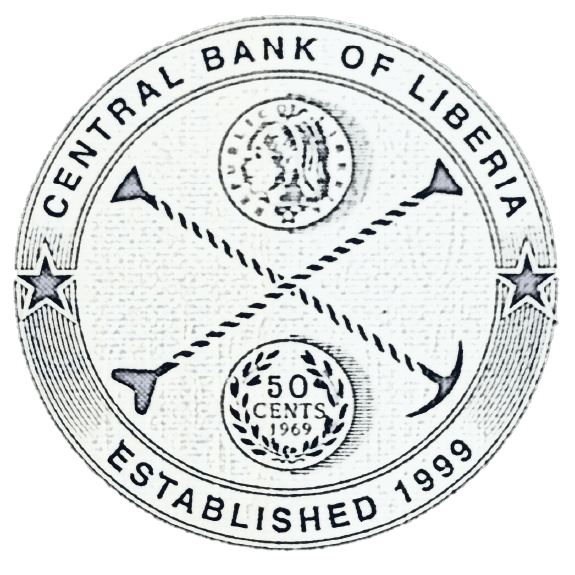
MONROVIA – February 16, 2018: Despite an end-of-year press conference on December 21, 2017 on
the state of the Liberian economy, stories still linger, alleging illegal capital transfers. These stories
linger because the statistics that the Central Bank of Liberia (CBL) has released have been taken out
of context and/or simply misunderstood. It is therefore important, that the CBL clarifies these stories to
prevent speculations that have the propensity to undermine the credibility and stability of the financial
sector and by extension present wrong signals to the public including our development partners,
current and potential investors, among others.
During the December 2017 Press Conference, the CBL disclosed that between November 2016 and
October 2017, outward personal remittance amounted to US$449.41 million while during that same
period, Liberia received US$545.78 million in inward personal remittance, representing a net gain of
US$96.37 million.
The US$449 million mentioned comprised all transfers in cash made by residents to non-residents
and transfers between resident and non-resident individuals on one hand. On the other hand, it also
comprised transfers of income of border, seasonal, and other short-term workers who are employed in
the economy where they are not resident. It is the total of all monies remitted through Western Union,
MoneyGram, Ria (another money transfer operator) and via SWIFT by individuals and/or businesses to
the rest of the world.
Furthermore, reporting that there was US$449.41 in outward personal remittance in 2017 does not in
any way suggest that the money was transmitted directly from the CBL or transmitted to unidentified
foreign accounts. The CBL wishes to emphasize that the sources of the monies that were remitted
were not from the Central Bank of Liberia. In addition, nowhere in the CBL publication does the issue
of unidentified foreign accounts arise.
For the calendar year 2017 (i.e. January-December, 2017), provisional statistics show that the total
outflows of personal remittances amounted to US$445.3 million. Of this amount, about 31.5 percent
was transferred through Money Transfer Operators (i.e. Western Union, MoneyGram, and RIA) while the
remaining 68.5 percent were through banks using SWIFT. Most of the SWIFT transactions (which
constituted 68.5 percent of the total outflows) were carried out by businesses engaged in construction
activities, rice and frozen food importation, auto parts, supermarkets and trading businesses, among
others.
Over the last 2 years, preceding the elections period, the total outflows of personal remittances
grew from US$293.4 million in 2015 to US$304.6 million in 2016. The growth in total outflow in 2017
largely reflects responses within the economy to uncertainty that may have been associated with the
then impending elections. Where there is uncertainty, there will be outflow of funds. It is important,
however, to once again emphasize that the total outflow of remittances mentioned is an aggregate of
personal remittances from various sources and NOT transfers made by officials of Government or to
unknown accounts as is being wrongly perceived.
The Central Bank of Liberia welcomes public scrutiny, especially from the media, but this must be done
in good faith.
End.
